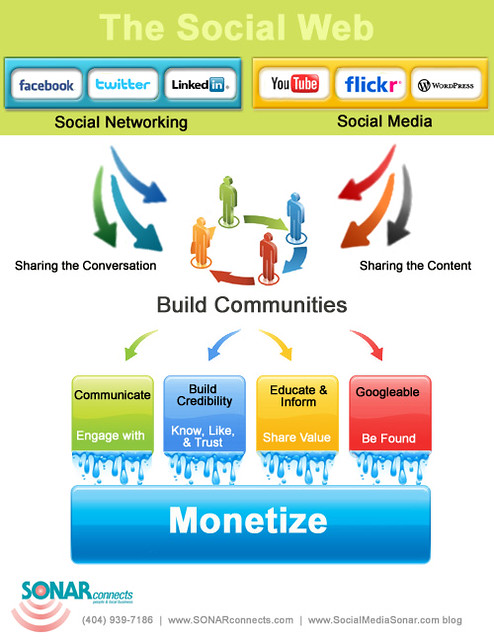By,
Angeline Nekesa
For the
media to highlight environmental issues, they must be aware of the key
environmental issues of concern in Kenya. There are lots of environment stories
as long as they research and create contacts with key influential individuals
and institutions. This post gives you an oversight on the key environmental
concerns in Kenya that can be crafted into simple, informative, educative and
entertaining environment stories.
According
to the EU (European Union) Kenya Country Environmental Profile - to inform the EU Country Strategy Paper – Final report – April 2006 , the key environmental
issues that a journalist can cover ( from my own perspective) are;
a)
Natural resources degradation (land, water,
vegetation cover);
b)
Loss of biodiversity in the country’s main
ecosystems including wetlands, forests, marine ecosystem;
c)
Socio-economic environment: dropping
socio-economic indicators in health (high prevalence of major diseases, HIV/AIDS,
malaria and TB), access to water and access to education.
The key
focus on your stories can be; the high pressure on land in the high potential
zones leads to: Migration of farmers to
the semi-arid areas, applying agricultural practices of the high potential areas that are unsuitable for
these semi-arid areas and causing resource conflicts with the
livestock-holders/pastoralists who depend on the semiarid areas for their
dry-season grazing; Encroachment of forest areas, leading to de-forestation,
soil erosion on hilltops and sloping areas; Utilization of sloping lands,
riverbanks without applying appropriate conservation measures; Subdivision of
agricultural lands through heritage; eventually resulting in uneconomical
units.
Other coverage
areas range from; the increased pressure on resources (land, water, forage) in
the ASAL areas that has led to degradation of fragile ecosystem, loss of
forage, reduction in rangeland productivity, increased water & wind erosion
and decline in water sources.
The traditional
pastoralist system has become increasingly vulnerable due to: decreased access
to the dry season grazing areas in the semi-arid areas; increasing frequency and
intensity of droughts through which the herds cannot recover fully, thus resulting in decrease
in production of animals and milk, threatening pastoralists with a growing risk
of food insecurity and the deteriorating security situation.
The
increasing pressure on natural resources is leading to increased occurrence of resource
conflicts: agriculture – agriculture, agriculture – livestock, agriculture –
wildlife, livestock – wildlife; and human – wildlife.
You can
write about the effects of resource degradation such as: decreased economic
base for the major livelihood, loss of economic investments (infrastructure)
due to erosion; increased occurrence and intensity of droughts and floods; and increased
poverty.
You can
write opinion pieces and features on areas/sectors for intervention in
addressing resource degradation as outlined below;
a)
Creation of a regulatory framework for the use
of natural resources, mainly through the formulation of a comprehensive land
policy;
b)
Increasing the agricultural and livestock productivity,
adapted to the different agro-ecological zones;
c)
Increasing/restoring the forest cover
(reforestation of ‘water towers’ and other catchments), to balance energy demand
(fuel wood, charcoal); and
d)
Creation of alternative employment opportunities
to reduce the pressure on natural resources.
· Policy documents by the government and civil
societies can be a great source for your stories. Research the following
documents; the Environmental Management and Coordination Act (EMCA) of1999 whose
main function is to provide for the establishment of an appropriate legal and institutional
framework for the management of the environment. The Act is administered by the
National Environmental Council and implemented by the National Environmental
Management Authority (NEMA).
·
The Environmental (Impact Assessment and Audit)
Regulations of 2003, contained in Kenya Gazette Supplement No. 56, Legal Notice
101, have been legislated;
·
The Environment Management Order, 2004 (Lake
Naivasha Plan);
·
The Forest Act, 2005;
·
The Water Act, 2002;
Kenya
is a signatory of the following international and regional conventions:
• UN
Convention on Biological Diversity (UNCBD), 1992;
•
Protocol for Sustainable Development of the Lake Victoria Basin, 2004;
• UN
Convention to Combat Desertification (UNCCD), 1994;
•
Basel Convention on Control of Trans-boundary Movements of Hazardous Wastes
•
Stockholm Convention on Persistent Organic Pollutants (POPS);
There are
a large number of national policies and strategies that incorporate environmental
components or are closely related to the key environmental issues:
Agricultural
development related Policies & Strategies such as:
Strategy
for Revitalizing Agriculture (2004 – 2014); draft National Livestock Policy,
2006; draft Fisheries Policy, 2005; Kenya Rural Development Strategy (KRDS) 2002 – 2017 draft Food and
Nutrition Policy; and ASALs Policy, 2004.
Other
Sectoral Policies & Strategies are: Energy
Policy – Sessional Paper No 4 of 2004; Forest Policy, 2004 and Forest Act,
2005; Water Act, 2002 and associated Policies; Wildlife Conservation and
Management (Amendment) Act, 1989; and Mining Act and Policies.
National
Plans & Policies such as: National
Development Plans; The Poverty Reduction Strategy Paper (PRSP); and Economic Recovery
Strategy (ERS) for Employment and Wealth Creation (2003-2007).
Other
key institutions involved in environment and that can be great sources of
stories for a savvy environment journalist are:
•
Ministries: (i) Planning and National Development, (ii) Finance, (iii) Agriculture,
including KARI; (iv) Livestock and Fisheries (Vet. Department), (v) Water and
Irrigation, (vi) Lands and Settlement, (vii) Trade and Industry, (viii) Energy,
(ix) Tourism & Wildlife
•
National institutions/Private Sector:
•
Civil Society Organizations focusing on environment issues;
Okey,
there you go, the ball is in your court, go get the stories before another
journalist does so…………..,,, you know the implications to this…….


